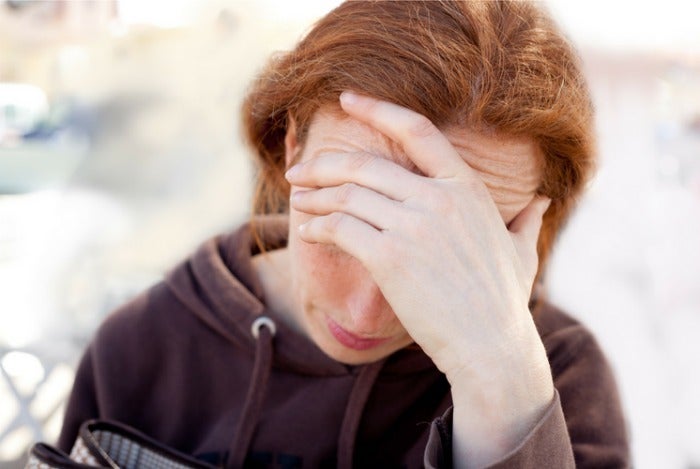
In the past few weeks, every time I’ve turned the TV or hopped onto social media, it seems that all I’ve seen is devastation—hurricanes in Texas, Florida, and Puerto Rico, a huge earthquake in Mexico. Coverage of the damage to property, both personal and public, and the havoc wreaked on families and children everywhere triggers a slew of emotions ― sadness, compassion, empathy, sympathy, fear, to name just a few.
While we are eager to keep up to date on current events, let’s be truthful here: we are slightly addicted to bad news. That’s no fault of our own; it’s part of human nature.
Research has shown that humans seek out news of dramatic, negative events in part because our brains evolved in a hunter-gatherer environment where anything novel had to be attended to immediately for survival. Other studies have shown that our negative brain tripwires are far more sensitive than our positive triggers. We tend to get more fearful than happy. And each time we experience fear we turn on our stress hormones.
And what about our children? Are their stress hormones being turned on as well? Of course they are! So how can parents help them avoid emotional disasters during natural disasters?
First things first: Begin by managing your own stress. Having concern and compassion during a natural disaster is one thing, but expressing those feelings repeatedly simply increases your stress and that of your family. As parents, it is our job to be responsive and not reactive. Recognize there are things we have control over and things we do not. Be compassionate, kind, and offer help, but stop hitting replay in your mind. Times like these are not only opportunities to plan for things that we never thought would happen to us, they also allow us to model how to face the unexpected challenges of life. Respond in a manner that you would want your kids to respond.
As for specific actions to take with your kids, that depends on how old they are. If your child is:
- Under age 5—keep your kids away from this stress. Do not have the news blasting from every medium. In particular, keep the TV off. You can follow the news yourself more discreetly every few hours. Twitter is a great resource for short, to-the-point updates.
- Between 5 and 10—and is asking about or talking about a disaster, be mindful of your tone of voice and choice of words. Keep your own emotions out of the equation, and in a calm tone of voice, say that natural disasters are unpredictable—you can use the word “surprising” for younger kids—but as scary as they are, friends, family, the community, and local and national governments all come together to help each other. Highlight the goodness of human nature and shift the conversation in a more positive direction. You can also do a quick Dealing with the Feeling , an emotional intelligence and mindfulness tool that I teach to parents and adults managing young children. Address the feelings, acknowledge them, and then move to comfort. Be sure to give hugs, hold hands, and generally use the power of touch (it’ll do wonders for you as well). In his research, Dr. Dachner Keltner of the Greater Good Science Center has shown that touch is fundamental to human communication, bonding, and health.
- A tween or teen—he or she is as exposed to the news on social media as you are. Feel free to enforce temporary digital boundaries if you feel their moods are being affected. Dr. Dan Siegel, in his book, The Power and Purpose of the Teenage Brain, explains that teenagers and adolescents experience a change in levels of dopamine, a chemical in the brain. This prepares kids to be independent but also puts them at a higher risk of anything that can be addictive, from online gaming, to drugs, alcohol, and even bad news. Help them make good choices and monitor them—not in an intrusive way but by keeping an open dialogue going. Children in this age group are also less likely to express their emotions. Plug in an age-appropriate Dealing with the Feeling here as well.
- An adolescent or young adult—open up a dialogue with them. Once our kids are out of sight, we assume that they are grown up. But those who have recently left home or are in college may have fears like “what if this happens to me, while I’m away from home.” Discuss emergency plans with them, and if you don’t have an emergency plan, set one up! Unless you are in a danger zone, take a few days and chart out a plan first. More importantly, keep your finger off the panic button, so you don’t panic your kids who are away from home.
Regardless of your children’s age, there are positive actions you can take to uplift your family’s mood. Begin by helping others through the various donation hubs set up for a disaster. Ask your kids to contribute from their own allowance, even as little as a dollar. The best way to express compassion is by being compassionate. It soothes our heart and warms our soul while increasing human connection.
Our Tools of Growth family sends positive vibes and prayers to the families affected by these natural disasters.
Read more from Tools of Growth.